Since 2006 St. Louis, Missouri-based SG Blocks LLC has been converting decommissioned 8,000-pound steel cargo containers into framing systems for commercial, industrial, military and residential structures.
Modular Construction
Since 2006 St. Louis, Missouri-based SG Blocks LLC has been converting decommissioned 8,000-pound steel cargo containers into framing systems for commercial, industrial, military and residential structures.
“SG Blocks’ philosophy is dedicated to empowering developers, architects, builders and owners to achieve greener construction, faster execution, and stronger buildings of higher value by building shipping-container structures,” said Paul Galvin, SG Blocks chairman and CEO.
Recent projects include U.S. military facilities in the Panama Canal Zone, a community college in Lubbock, Tex., an eco office building for the City of Santa Monica and a seaport building in Jacksonville, Fla. The firm has also built a command office building on a military base in Fort Bragg, N.C.
“The company has been focusing in on commercial projects to demonstrate the efficacy of our system,” said Galvin.
“We are nearing the end of the entitlements phase for the Villas at San Luis Rey in Oceanside, Calif.
“The project will be a 340,000 square-foot assisted living community that will be comprised of 450 plus shipping containers and will be built on the historic Franciscan property under an 80-year ground lease.”
The framing system can be installed in all climates and has begun the transition into the mainstream of the architectural and building communities.
David Cross, SG Blocks Business Development Director, noted that shipping containers are usually in service for six to 10 years.
“We recycle them into a superior building product, which requires a minimum amount of energy expenditures leaving a minimal footprint in terms of impact on the environment,” he said.
“They can be assembled on-site and disassembled to be moved to a new location. The end result is a sustainable building system designed to withstand the effects of water, fire, and earthquakes.
They are extremely strong and have all the necessary floor systems and structural elements because they were built to hold 60,000 pounds of cargo — to resist 15 long tons (2,240 pounds per-long ton) traversely and 7.5 long tons longitudinally.”
The steel is Cor-Ten or weathering steel and when converted to a building material, has a lifespan of 50 years-plus.
A single SG Block is equal to one container.
The Fort Bragg project required 12 blocks.
“It was estimated that the office complex would take 132 days to complete via traditional construction,” he added.
“With our system, just installing the modified blocks — no cladding or drywall — we reduced the construction time by 30 percent.”
Prior to shipping, blocks are rust-proofed and undergo other protective measures.
A variety of architectural styles can be created with SG Blocks — exterior walls can be clad with brick and various types of sidings and interior walls can be insulated and clad with various types of panelling systems.
SG Blocks can also be used for warehouses to store finished products and raw materials.
“We are in discussions with numerous military bases and municipalities,” said Cross.
Steve Armstrong, SG Blocks director of engineering, reported that the firm is working on various sub-assembly testing suitable for both low as well as mid-rise construction.
Steel framing is either light-gauge steel or, as is the case with SG Blocks, heavy -gauge steel.
“We’re comparable in terms of price with light gauge steel,” said Armstrong.
Using SG Blocks translates into points towards LEED accreditation based on the use of recycled construction materials and reducing the travel distance for the materials.
“LEED certifications for buildings and sites go hand-in-hand with SG Blocks-based construction,” Armstrong said.
“It is an organic contribution to certification coupled with cost savings instead of the all too familiar cost burdens of going green.”


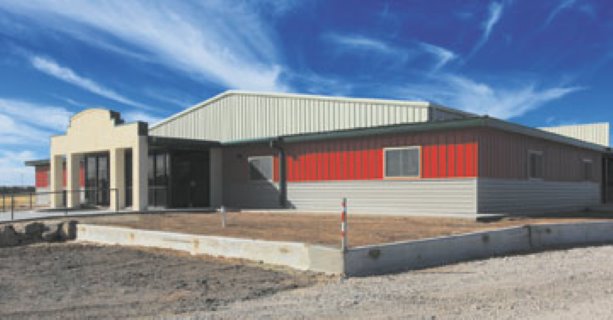


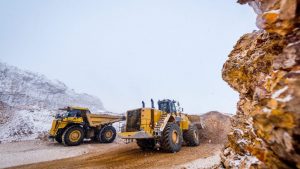


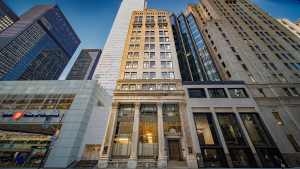
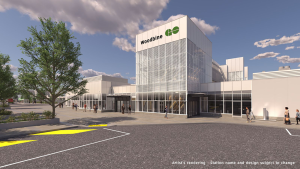
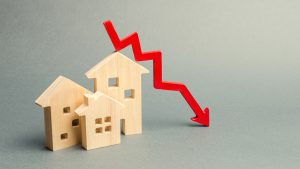
Recent Comments
comments for this post are closed